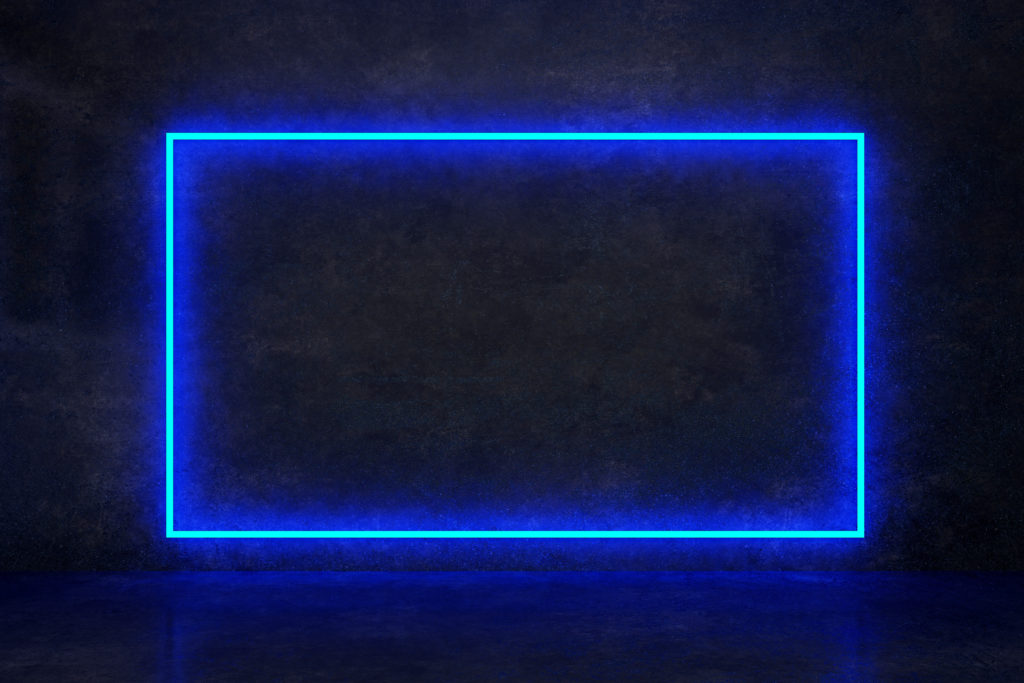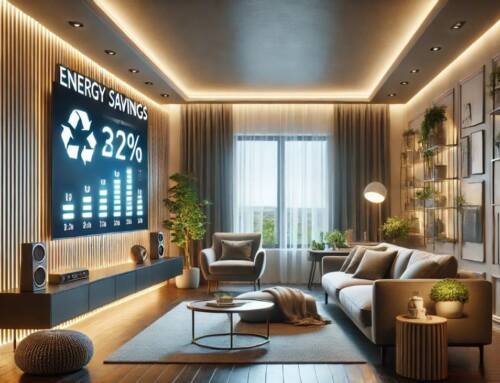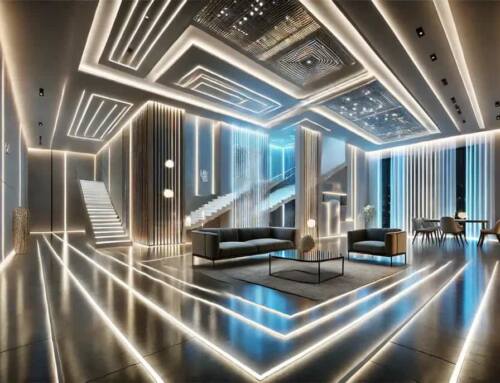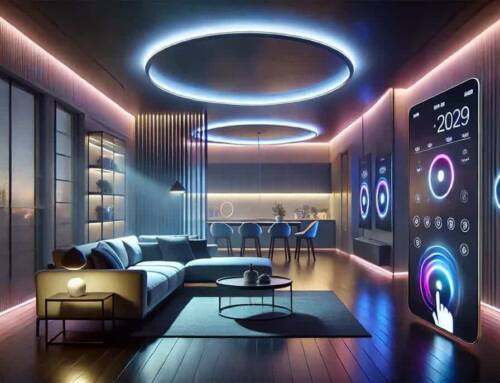Summary Note of: “Evaluating the blue-light hazard from solid state lighting”
By: John D. Bullough, Andrew Bierman and Mark S. Rea
Institution: Light Research Center, Rensselaer Polytechnic Institute, USA
Source: John D. Bullough, Andrew Bierman & Mark S. Rea (2019) Evaluating the blue-light hazard from solid state lighting, International Journal of Occupational Safety and Ergonomics, 25:2, 311-320, DOI: 10.1080/10803548.2017.1375172

Purpose:
The Lighting Research Center of Rensselaer Polytechnic Institute investigated the questions surrounding the speculation of retinal damage due to the LED blue-light hazard. Some organizations have recommended to avoid the use of LED lighting exceeding 3000K as they tend to produce greater short-wavelength energy. This article provides quantitative comparisons among light sources and use cases as they affect the blue-light hazard.
Methodology:
The spectral radiant power characteristics of incandescent, fluorescent, LED and daylight sources were evaluated in terms of blue-light hazard using standard procedures for phakic, aphakic and pseudo phakic eyes.
Results:
Under most use cases, LEDs were found to “NOT” exhibit greater risk for the blue light hazard than other sources because they generally produce little to no ultraviolet energy and where actually found to present less risk to aphakic eyes.
Conclusion:
It was found that LEDs present “no special risk” concerns for the blue-light hazard over any other common source because photophobic responses limit exposure to bright sources.











